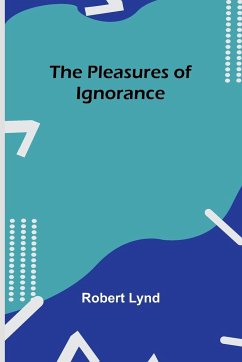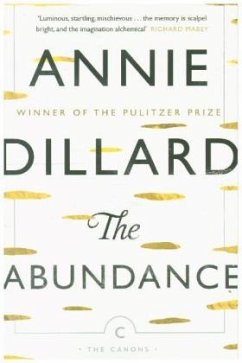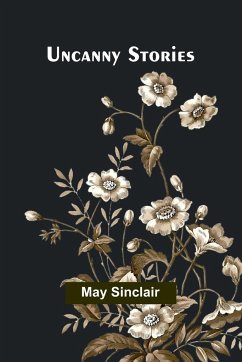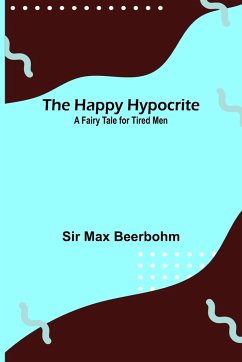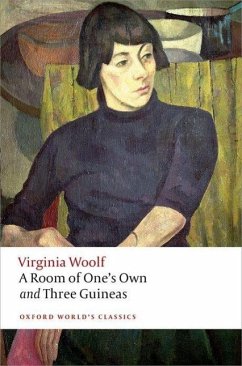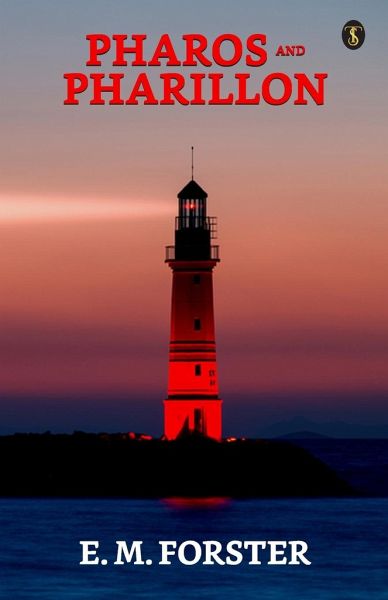
Pharos And Pharillon
Versandkostenfrei!
Versandfertig in 1-2 Wochen
10,99 €
inkl. MwSt.
Weitere Ausgaben:

PAYBACK Punkte
5 °P sammeln!
"Pharos and Pharillon" is a non-fiction book by E.M. Forster, first published in 1923. The book is a collection of essays and travel writings based on Forster's experiences in Alexandria, Egypt. The title refers to two lighthouses that stand at either end of the city's harbor. In the book, Forster reflects on a wide range of topics related to his travels, including the history and culture of Egypt, the relationship between the East and the West, and the role of the British Empire in the region. He also offers observations on art, literature, and society, drawing on his experiences in Alexandri...
"Pharos and Pharillon" is a non-fiction book by E.M. Forster, first published in 1923. The book is a collection of essays and travel writings based on Forster's experiences in Alexandria, Egypt. The title refers to two lighthouses that stand at either end of the city's harbor. In the book, Forster reflects on a wide range of topics related to his travels, including the history and culture of Egypt, the relationship between the East and the West, and the role of the British Empire in the region. He also offers observations on art, literature, and society, drawing on his experiences in Alexandria to explore these themes. The book is notable for its nuanced and sensitive portrayal of Arab and Egyptian culture, and for its exploration of the complex and often fraught relationship between Europe and the Middle East.








